In this review we will analyze the brand new Cities: Skylines 2, Colossal Order’s city builder
Cities: Skylines 2, the sequel to the successful Colossal Order urban management game, has finally arrived on PC and console. The game promises to improve and expand the mechanics of its predecessor, offering players an even richer and more engaging experience. However, you will only find out if these promises have been kept by reading this review!
A Total Immersion in Urban Management | Cities: Skylines 2 review
Cities: Skylines 2 is a sequel that offers aDeeper and more realistic urban planning experience compared to its predecessor. The version we tested is the PC version. Innovative new mechanics, such as the resource system and the new occupation and employment system, make city management more challenging and rewarding. The game also offers a variety of resources and building tools that give players great flexibility in designing their cities. To create a city with a capital “C” you will have to orchestrate various aspects.
Residential areas
Residential areas are the basis of every city. This is where your citizens live, representing your city’s workforce and consumer market. To grow your residential areas, you will need to ensure they are well connected by roads and served by public services and employment opportunities.
The commercial areas
Commercial zones are important to the economic growth of your city. They are where your citizens can buy the goods and services they need, and where companies can create jobs. To grow your commercial areas, you will need to ensure that they are well connected to residential areas and that there are sufficient public services.
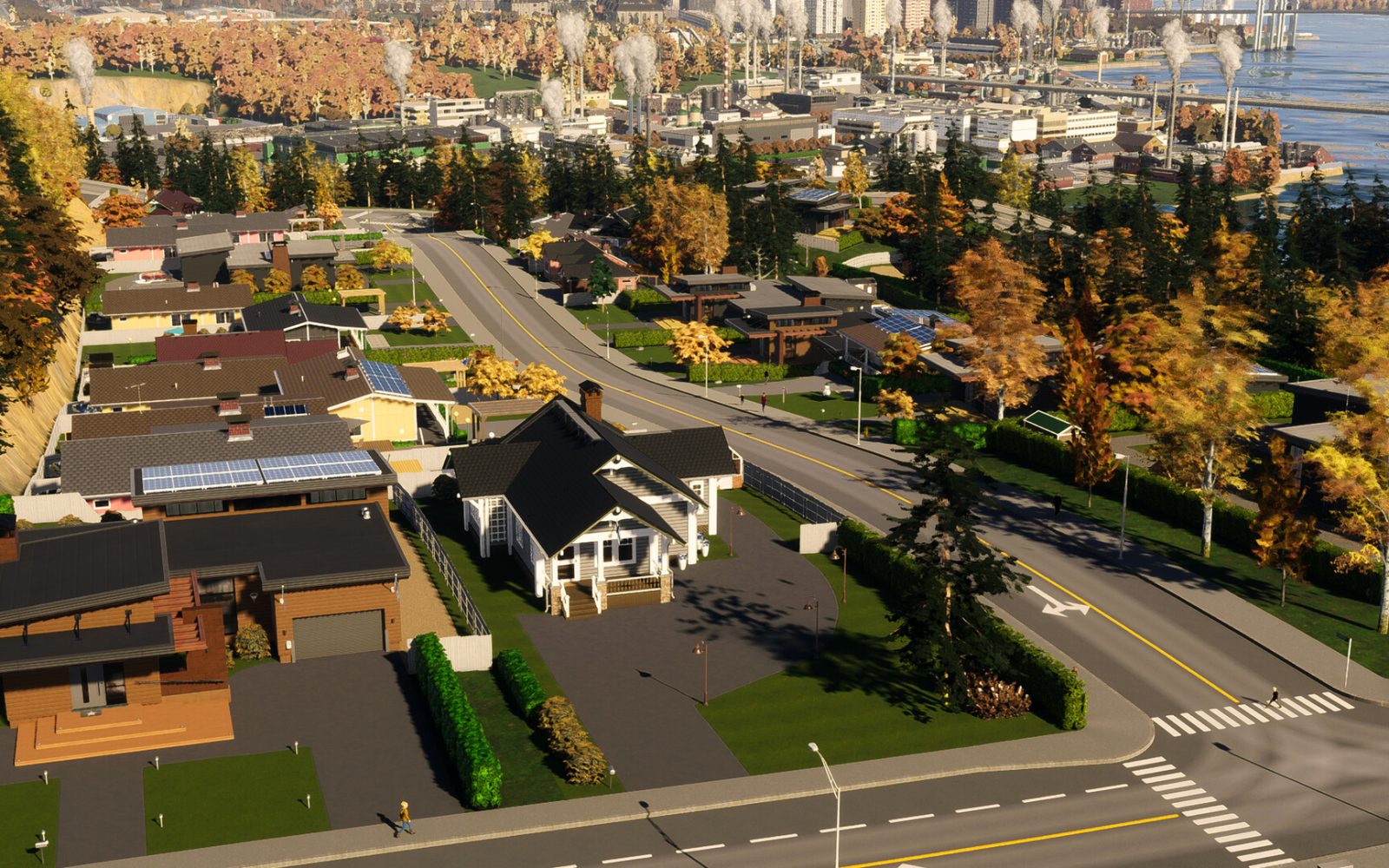
The industrial zones
Industrial zones are important for the production of goods and services. This is where companies produce the goods that your citizens consume, and which contribute to the economic well-being of the city. To grow your industrial areas, you will need to ensure that they are well connected to residential areas and that there are sufficient public services.
Public services
Public services are essential to the well-being of your citizens. Water, electricity, education, healthcare and cleaning services are all essential for an efficiently functioning city. You will need to ensure that you provide these services to all of your citizens, regardless of their location in the city.
One step forward… | Cities: Skylines 2 review
Cities: Skylines 2 features some new mechanics that enrich the gaming experience, making it more engaging and satisfying for those looking for a more realistic urban simulation.
One of the most significant new mechanics is theextraction of raw materials from special areas. Players can now build mines, quarries, and other facilities to extract resources such as grain, stone, iron, and coal. These resources can then be used to produce more complex goods in the industrial sector.
Raw material extraction adds a new level of depth to economic simulation. Players must now consider the location of their industrial zones based on the availability of raw materials. For example, if you want to build a textile factory, you need to make sure there is a source of cotton or wool nearby.
Another important new mechanic is the employment and employment system. In Cities: Skylines 2, citizens have different levels of education and skills, and these factors influence their chances of finding a job. Players must therefore invest in education to create a skilled workforce.
The new occupation and employment system makes the urban simulation more realistic. Players must now consider their citizens’ needs for education and skills when planning their city.

…but some back | Cities: Skylines 2 review
Cities: Skylines 2 is a solid sequel that offers a number of new features and improvements over its predecessor. However, there are also some aspects that may disappoint fans of the first game.
One of the most common problems reported by players and also encountered by us on the front lines is the clipping of buildings and objects. This problem occurs when buildings or objects overlap the terrain, creating an unpleasant visual effect. Clipping was also an issue in the first Cities: Skylines, but was improved in the sequel. However, in some situations, buildings can still stick into the ground, making it difficult to create harmonious cities.
Another problem concerns the default maps. These maps have few flat areas, making it difficult to find adequate spaces for large city service facilities. This problem can be solved by downloading maps created by other players, but the default maps are still an important part of the game that cannot be left out.
Technical sector | Cities: Skylines 2 review
Il technical sector of Cities: Skylines 2 and improved over its predecessor, but not drastically. The game uses the Unreal Engine 4 graphics engine, which offers a variety of improvements over the previous engine.
The most significant improvements compared to its predecessor concern the building models and animations. Building models are now more detailed, with sharper textures and more complex polygonal models. Animations are smoother and more realistic, with more natural and realistic movements.
The game also supports ray tracing technology, which offers more realistic lighting. Ray tracing simulates how light behaves in the real world, creating more realistic and immersive lighting effects.
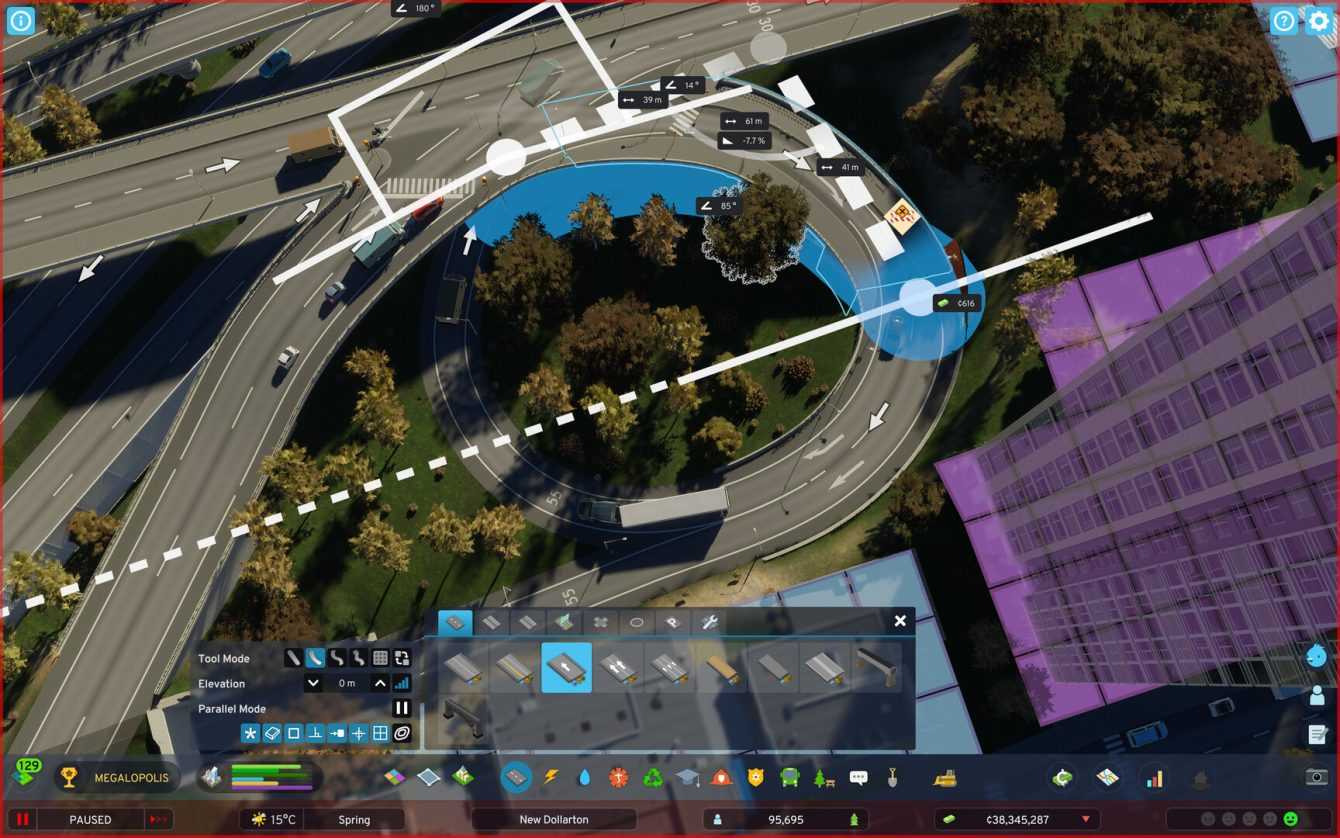
Despite the improvements, the technical sector of Cities: Skylines 2 is not free from problems. In some situations, the game may suffer from frame rate drops, especially in large cities. Additionally, the game can be challenging for less powerful machines.
It is true that the scalability is excellent and it is possible to deactivate graphics settings, reduce effects and so on to allow the game to be enjoyable even on a non-top of the range PC.
Personalization | Cities: Skylines 2 review
For those who like to customize every aspect of their virtual city, Cities: Skylines 2 offers a wide range of creative assets. Between assignable, placeable and iconic buildings, you will have numerous tools at your disposal to build a unique city. The variety of customization options for each property allows you to unleash your creativity, helping to create a city that reflects your unique style.
- Assignable buildings: they are the ones that form the basis of every city. They are available in a variety of styles and types, to suit the needs of each area. You can customize these buildings in a variety of ways, such as changing the color, material, and shape.
- Placeable buildings: They can be placed freely on the map. They are available in a variety of categories, including historic buildings, monuments, parks and more. You can customize these buildings even more completely than zoned buildings, even changing their appearance and functions.
- Iconic buildings: they are unique and special buildings that can give a touch of character to your city. They come in a variety of styles and types, and are often inspired by real buildings. You can customize these buildings similarly to ploppables.
In addition to the customization options available for buildings, Cities: Skylines 2 offers a variety of tools to customize the overall look of the city. You can modify the terrain, add vegetation, create waterways, and more. You can also change the appearance of roads, traffic signs and other urban elements.
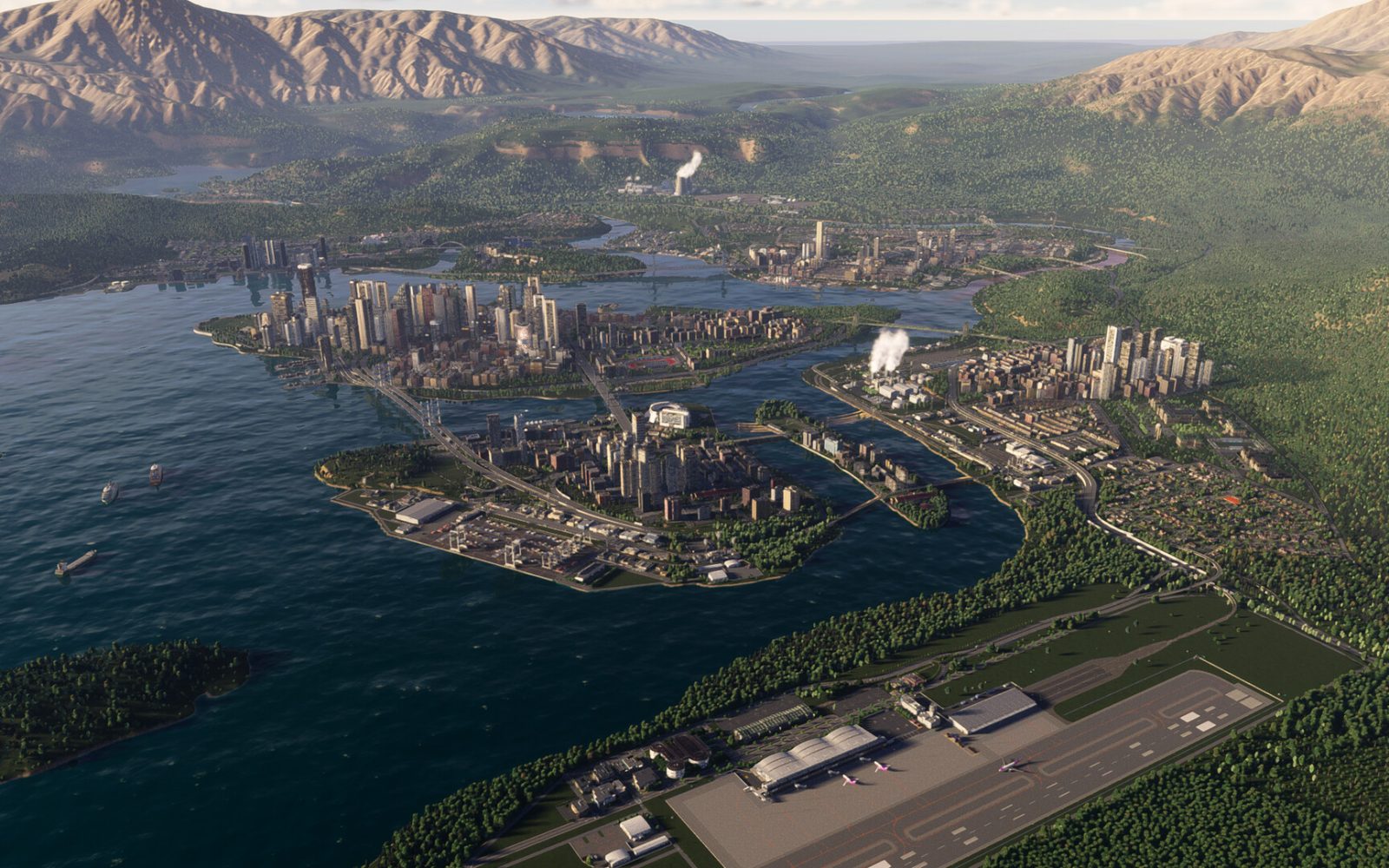
Let’s sum it up
Cities: Skylines 2 is a sequel that offers a deeper and more realistic urban planning experience than its predecessor. Innovative new mechanics, such as the resource system and the new occupation and employment system, make city management more challenging and rewarding. The game also offers a variety of resources and building tools that give players great flexibility in designing their cities.
However, the title also has some issues, such as clipping, default maps with very little flat area, and the inability to set residential taxes based on criteria other than education level. Additionally, the game’s graphics aren’t much improved over its predecessor, and some players may find the user interface less intuitive.
Overall, Cities: Skylines 2 is a game that offers an engaging and rewarding urban planning experience. Players looking for a title that tests their management skills and offers a wide variety of customization options will find a lot to like in this sequel.
Points in favor
- New innovative mechanics for managing the economy
- Significant improvements to road construction tools
- Numerous customization options
- Introduction of raw materials such as grain and stone
Points against
- Clipping issues
- Default maps with very little flat area
- Large implants difficult to place







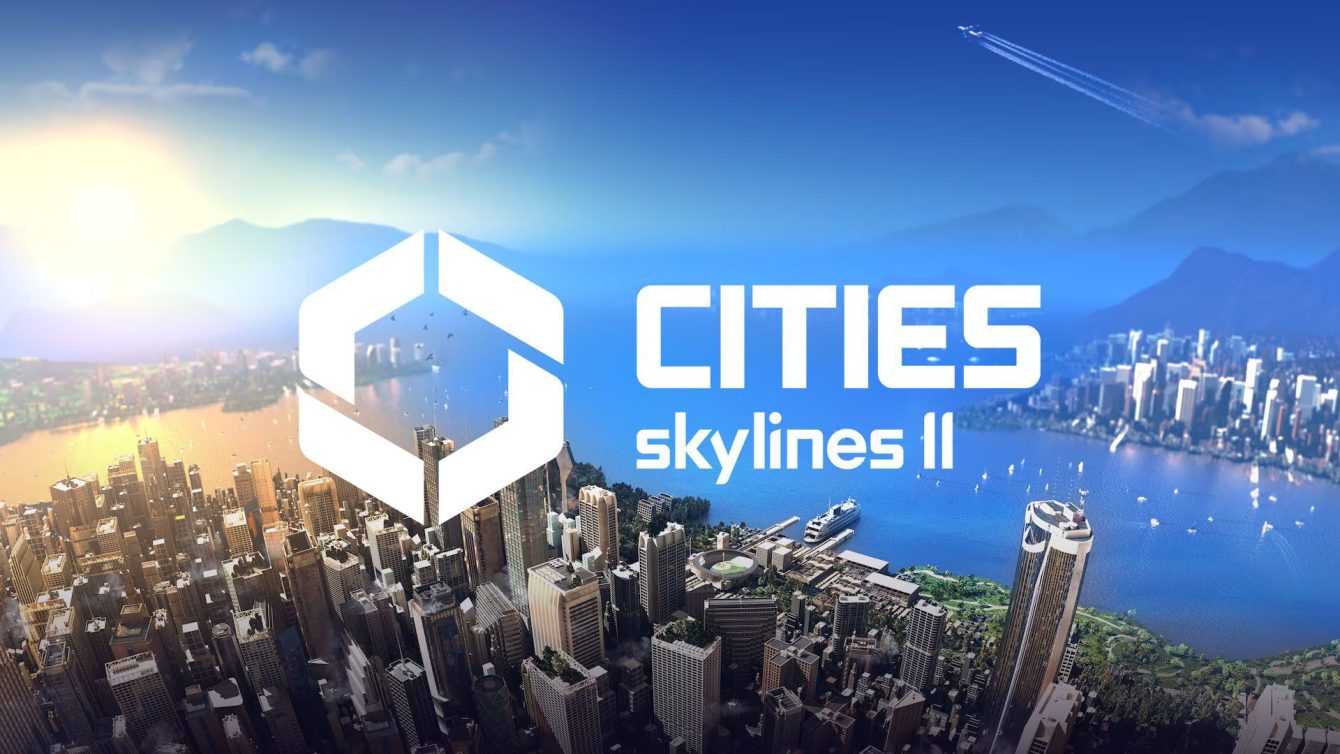




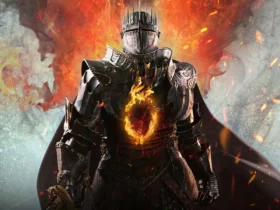



Leave a Reply
View Comments